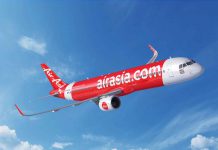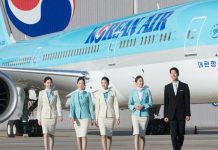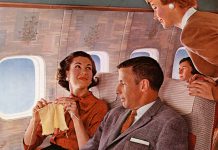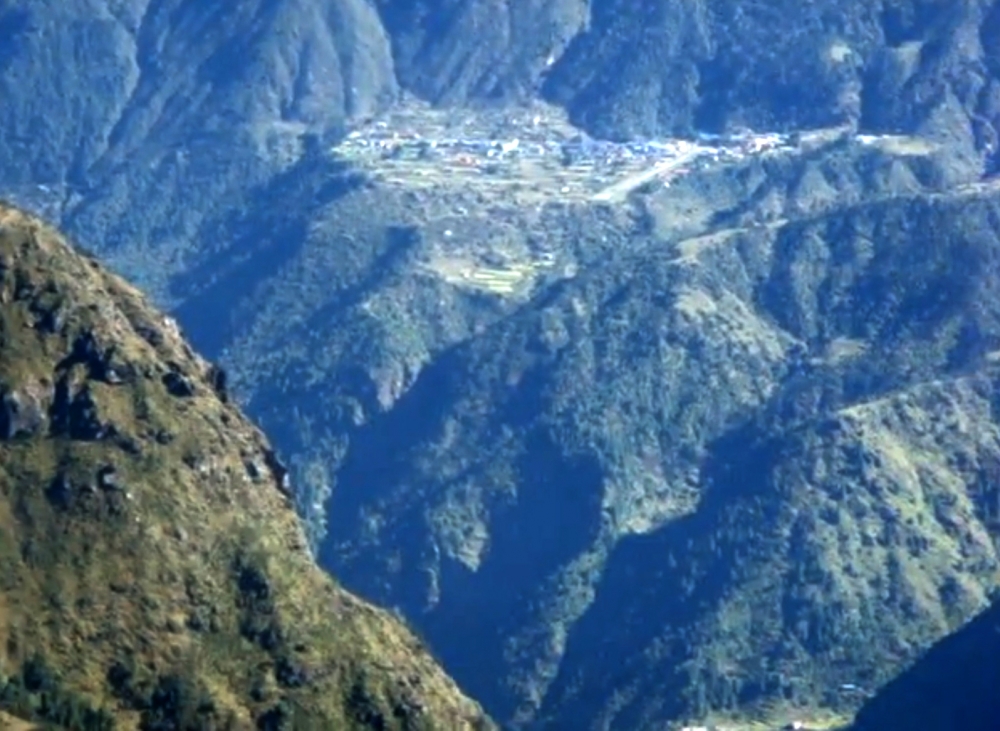This is the world’s scariest landing and this video shows you the pilot’s eye view. Perched at 2,800m (9,200ft) on a tiny outcrop of relatively “flat land” nestled amongst the world’s tallest mountains Tenzing-HillaryAirport at Lukla, Nepal tests even the most confident flyers.
It’s the starting point for trekkers climbing Mount Everest.
But despite the terrifying view ahead, passengers scramble for a front row seat as there is no allocated seating on most airlines flying up to Lukla.
The cockpit door is left open, or there is none, and the best seats in the house are 1A and 1B right behind the pilot and co-pilot.
The flight takes 30 minutes from Kathmandu and it slowly winds its way up out of the capital of Nepal with the Everest massif dominating the breathtaking scenery.
The route then winds its way through valleys and well below ridge lines and then the Lukla airport appears, a tiny stripe of black in a vista of grandeur.
However, the first thing that strikes you – and you hope your aircraft will not strike it – is a sheer mountain face at the end of the runway. There is only one chance at this.
Undershoot the runway and your aircraft will plummet into a rock strewn ravine thousands of feet deep. Overshoot and it’s straight into the sheer rock wall.
AirlineRatings.com has sourced the best video ever shot of the landing into Lukla which can be viewed below.
It was taken in high definition from a Dornier Do228 registered 9N-AIE, by Capt Monir Shrestha and shows both the majesty and terror of the airport’s precarious location.
Lukla’s Airport, was built by Sir Edmund Hillary and Sherpa Tenzing Norgay to assist in the efforts to build a better life for the residents of the region. It was renamed in their honor in January 2008.
There are daily flights operated by five airlines between Lukla and Kathmandu during daylight hours and in good weather.
The airport’s paved 460m (1,510 ft) long runway with a 12 per cent gradient is only accessible to helicopters and small specialized STOL (Short Take-Off and Landing) aircraft, such as Dornier Do 228 and De Havilland Canada DHC-6 Twin Otters.
There are no landings aids.
























